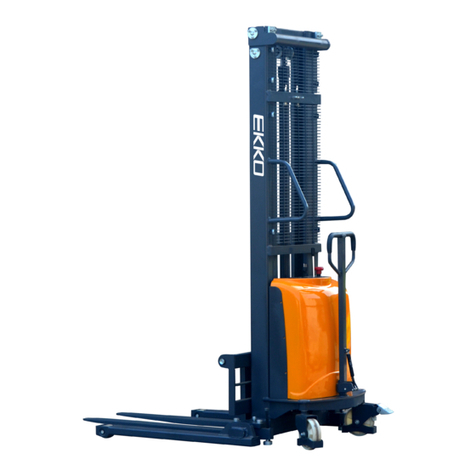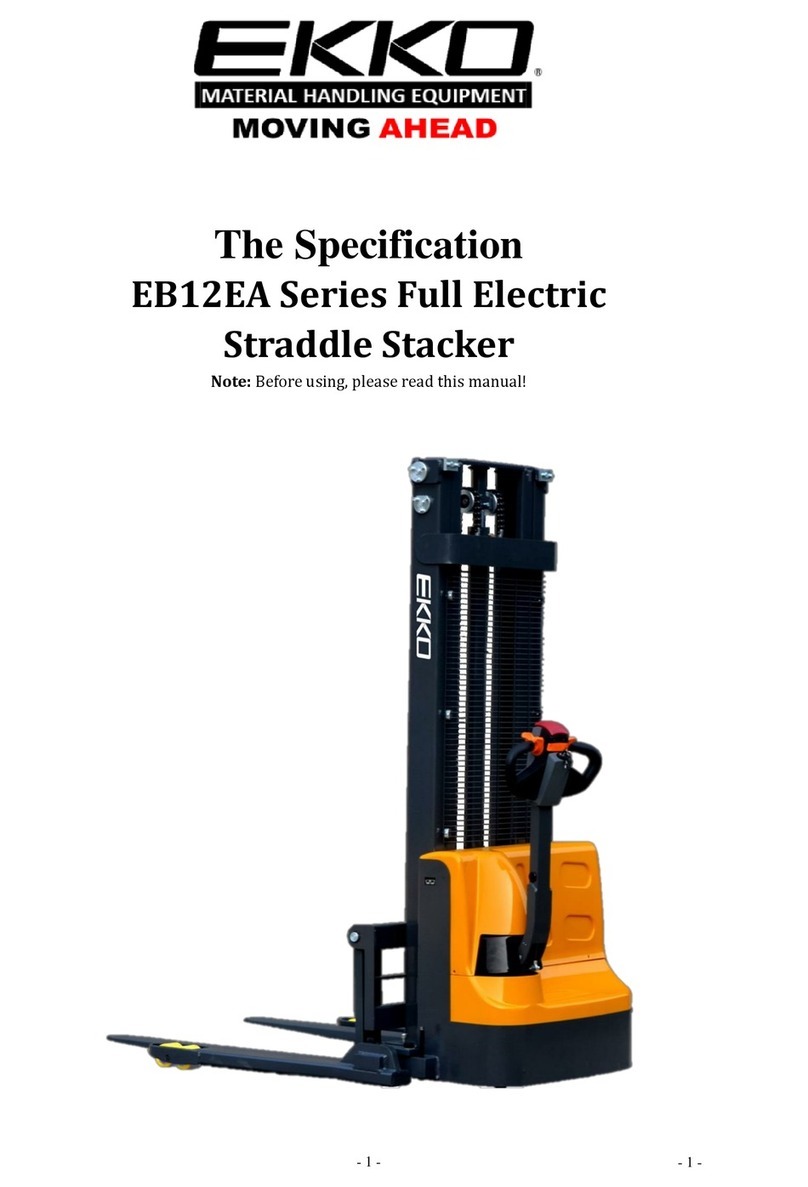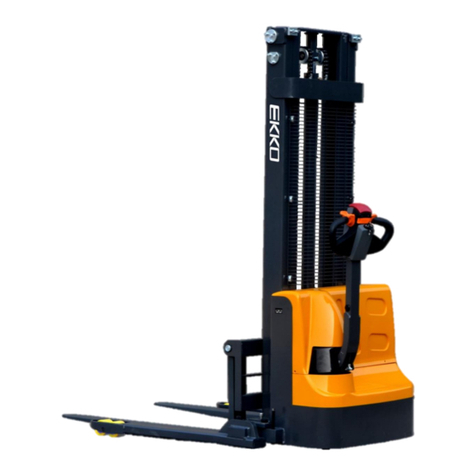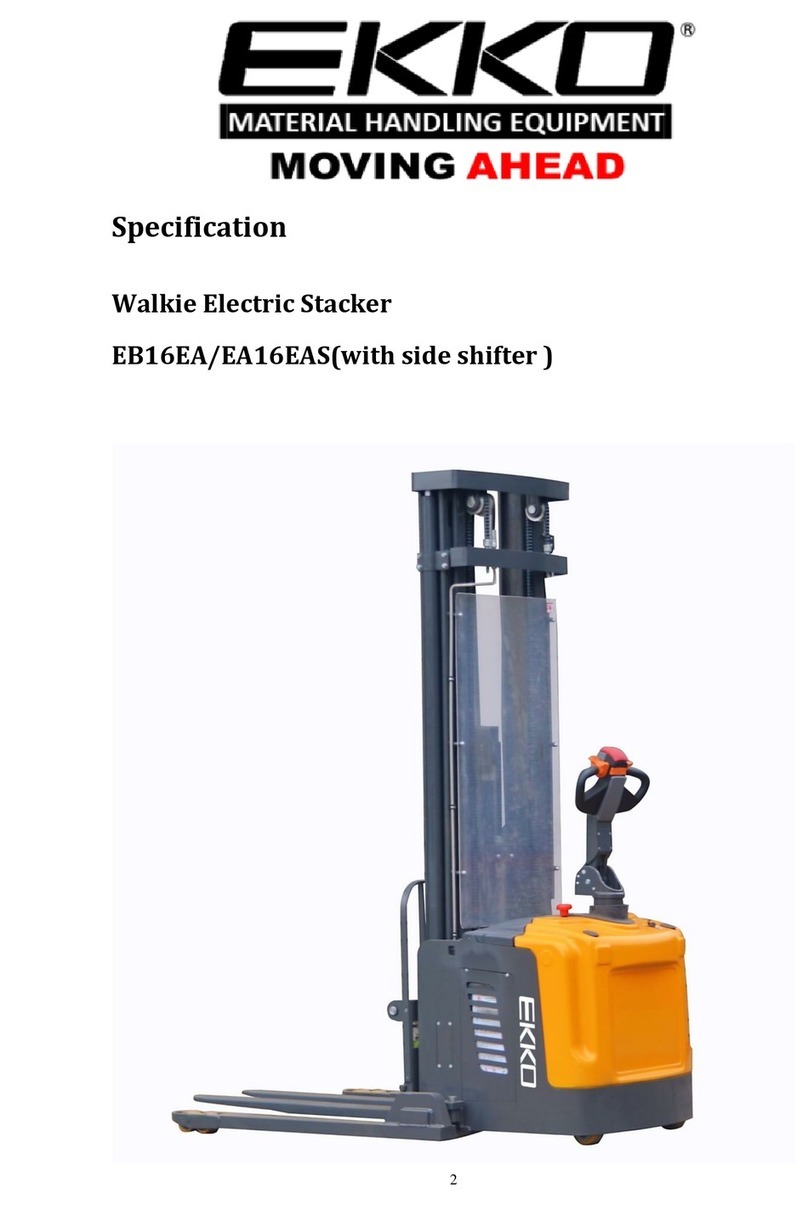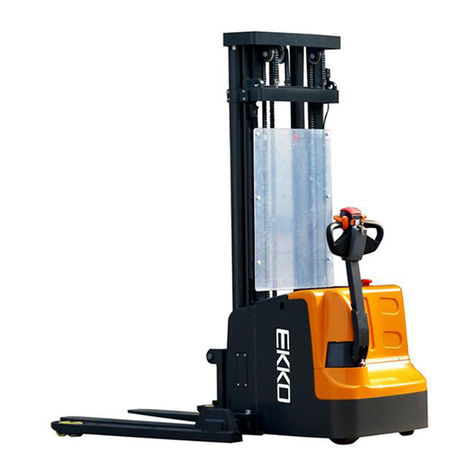1
Table of Contents
1. Maintenance List .........................................................................................................................2
A. Overview of main components ................................................................................................2
B. Lubrication point.......................................................................................................................4
C. Check the fuse...........................................................................................................................6
2. Fault Analysis ...............................................................................................................................7
A. Common fault analysis..............................................................................................................7
B. The fault code display ...............................................................................................................8
c. Methods for troubleshooting common faults ............................................................................9
3. Wiring/circuit Diagram...............................................................................................................14
A. Schematic diagram and wiring diagram..................................................................................14
B. Hydraulic circuit .....................................................................................................................15
4. Disassembly of main parts..........................................................................................................16
A. Removal of handle assembly ..................................................................................................16
B. Removal of electric control component ..................................................................................18
C. Hydraulic assembly removal...................................................................................................20
D. Arm guard assembly removal .................................................................................................21
E. Mast assembly.........................................................................................................................22
F. External door frame removal ..................................................................................................24
G. Middle door frame removal ....................................................................................................26
H. Inner door frame removal .......................................................................................................27
I. Electrical assembly .................................................................................................................28
5. CURTIS handhold unit ...............................................................................................................30












